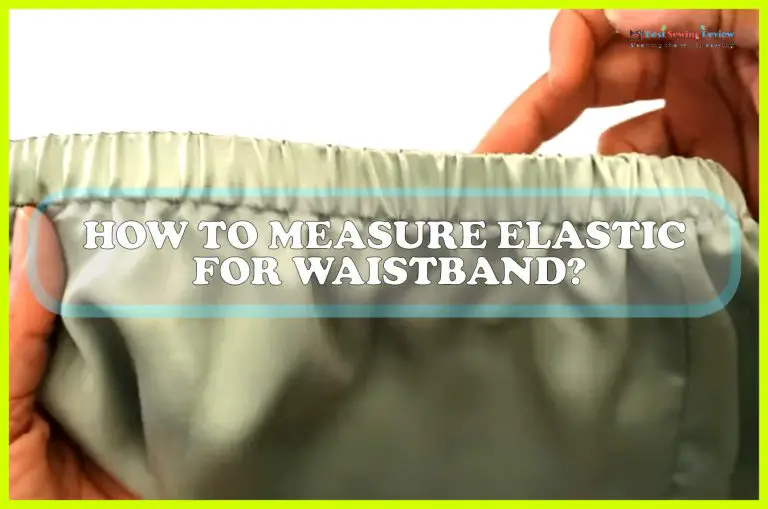To make a dress less low-cut, attach a camisole or a lace insert. Alternatively, use a scarf or fabric panel for coverage.
Choosing the right dress for an occasion can be challenging, especially when you love a dress that’s a bit too revealing in the neckline. A low-cut dress might not fit every event’s dress code or personal comfort level. Many fashion enthusiasts encounter this dilemma but still wish to wear their favorite pieces in a more modest way.
Seamlessly adapting a dress to be less low-cut allows for versatility and broader wearability. Whether you’re attending a work function, family gathering, or simply prefer a modest look, there are clever and stylish ways to alter your attire. Modifying a low-cut dress not only ensures you’re event-ready, but it also showcases your ability to personalize fashion to your taste.
Introduction To Dress Modesty Modifications
Transforming a low-cut dress into a more modest ensemble can be essential for various reasons. Whether it’s for personal preference, cultural standards, or event dress codes, the need to modify a garment’s neckline is a common dilemma. Modesty alterations can range from minimal enhancements to significant changes, depending on the original design and desired coverage level.
Factors to consider before proceeding with a dress alteration include the material’s flexibility, the potential for irreversible changes, and the dress’s overall style. The suitability of the fabric is crucial as some materials can be stretched or adjusted easily, while others may require professional expertise to avoid damage. It’s critical to anticipate the dress’s final appearance and ensure the alteration aligns with the wearer’s comfort and the occasion’s appropriateness.
| Factor | Importance |
|---|---|
| Fabric Flexibility | Assess for ease of alterations |
| Risk of Damage | Account for possible irreversible changes |
| Style Consistency | Ensure modifications complement the existing design |
| Comfort and Appropriateness | Adjustments should meet personal and event-specific standards |
Simple Non-sewing Techniques
Using fashion tape offers a quick and effective temporary fix to make a dress less revealing. Simply apply the tape along the inside edge of the neckline to secure the dress to your skin, ensuring modest coverage throughout the event. This method is especially useful for plunging necklines and unexpected wardrobe malfunctions.
Incorporating camisoles and tank tops is a savvy choice for adding layers without the need for sewing. Choose a color complementing the dress for a coordinated look, or opt for a lace-trimmed cami to add a touch of elegance under a too-low neckline.
Layering with scarves and shawls not only adds style but also conveniently covers low-cut areas. Drape a scarf artfully across your shoulders or secure a shawl in place for both warmth and modesty.
Strategic jewelry like chunky necklaces or pendants can detract attention from a deep neckline, drawing the eye upwards. This not simply adorns the outfit but also serves a functional purpose to make a dress appear less low-cut.
Sewing Hacks For A Permanent Solution
Transforming the plunge of a low cut dress into something more conservative is a task you can tackle at home with a few sewing skills. Begin by adding a modesty panel—a straightforward process. First, choose a matching or complementary fabric. Cut it slightly larger than the exposed area. Sew along the edges to create a neat hem. Attach the panel by hand-stitching it to the inside of the dress along the existing seams.
Inserting a lace overlay adds elegance while increasing coverage. Position the lace over the low-cut area and pin it in place, making sure it blends seamlessly with the dress. Carefully sew it onto both the neckline and shoulders, ensuring that it stays flat and wrinkle-free.
To raise the neckline, select additional fabric that matches the dress. Cut a piece to fill the desired area, create an edge hem, then sew it directly under the original neckline. This elevates the front for a more modest look.
For a versatile change, consider attaching snap-on modesty pieces. These can be snapped into place as needed and removed when preferred. Fasten corresponding snaps along the inside edge of the neckline for an easy switch.
Purchasing And Styling Tips For Future Dress Selection
Finding the perfect dress that meets modesty preferences can often be a challenge. A key feature to consider is the neckline; opt for scoop, high-neck, or boat neck designs to keep the cut conservative. Three-quarter or long sleeves are excellent for additional coverage, while dresses with patterns that distract from the bust line can also serve to make the cut appear less low.
Layering plays a pivotal role in transforming a low-cut dress. Consider wearing a fitted camisole or a seamless tank top underneath to discreetly cover up without compromising on style. Statement necklaces draw the eye upwards, and wearing a light scarf or a bolero can offer a stylish fix. Selecting the right accessories is crucial in maintaining a balanced and refined look that upholds modesty while embracing personal style preferences.
Conclusion
Wrapping it up, mastering the art of modifying a low-cut dress is easier than you might think. With these clever hacks, your comfort and style can harmoniously coexist. So go ahead, reinvent that daring number into a chic, confidence-boosting outfit.
Remember, fashion is about personal expression, tailored to you.

